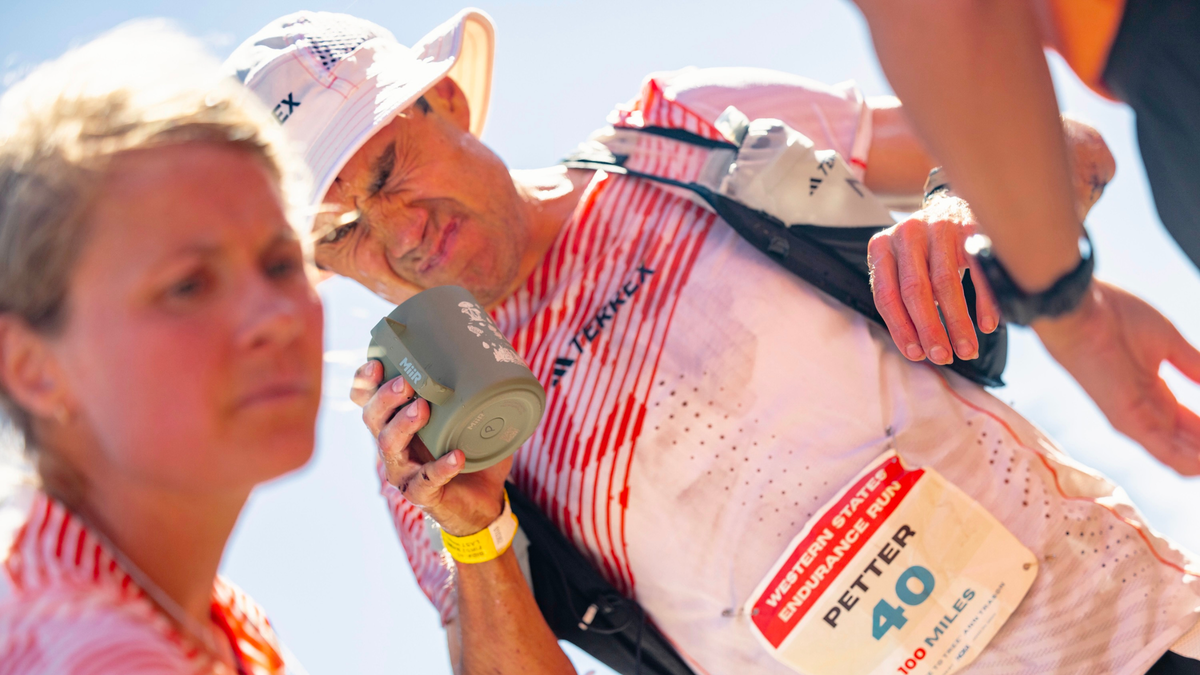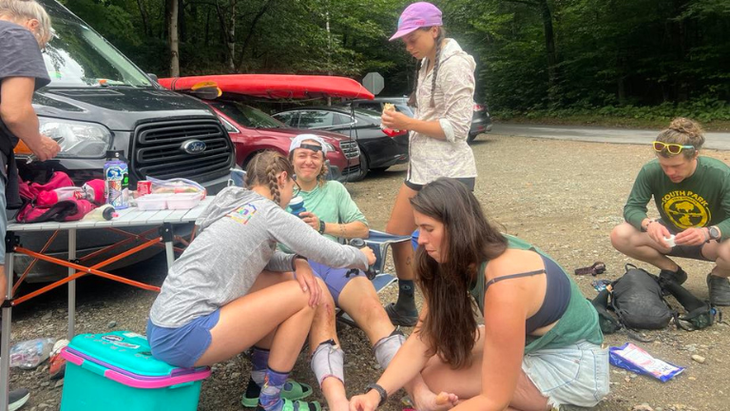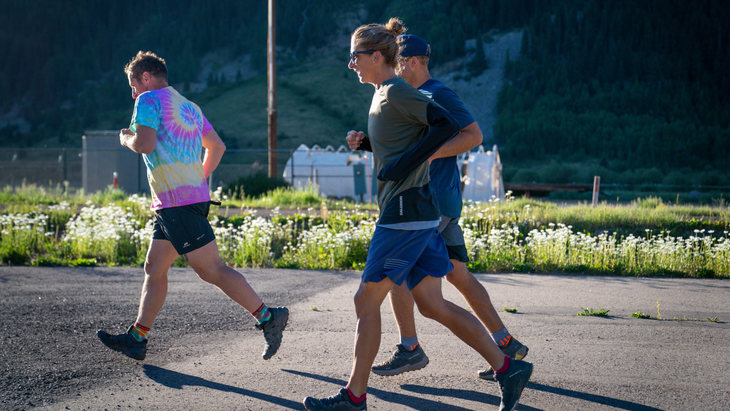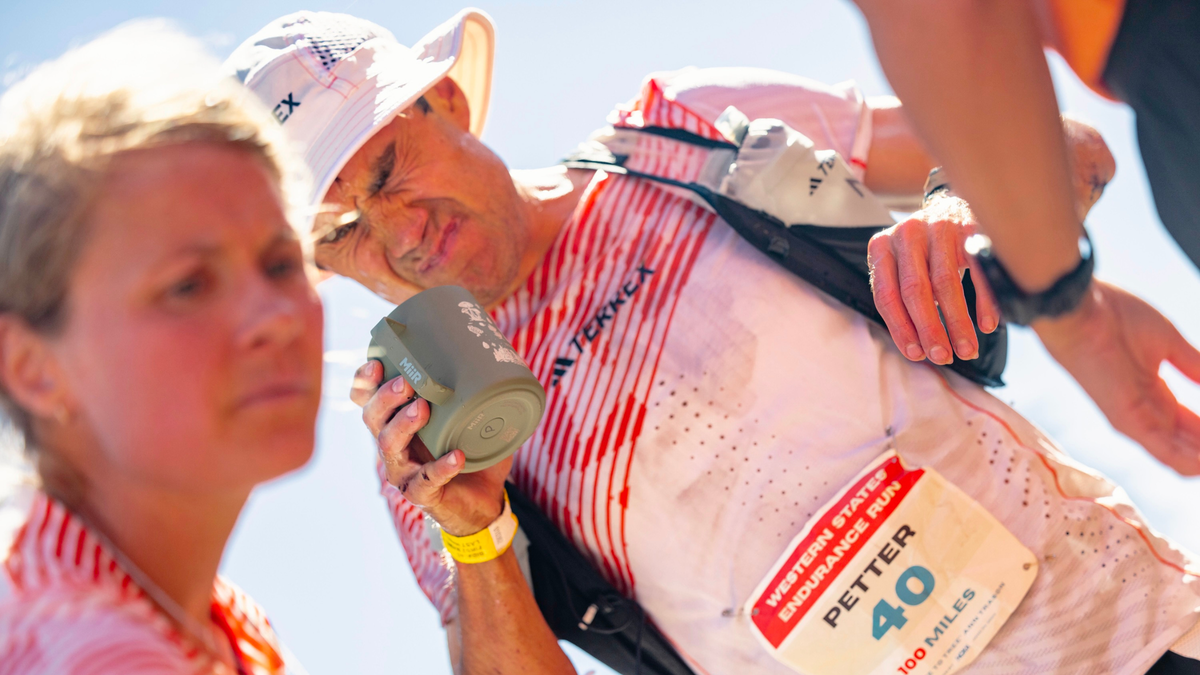
It’s like applying to college all over again. Whether you skip your long run to anxiously watch the results roll in, or you leave your phone at home and take out your jitters on the trails, the same fate awaits nearly us all. That dreaded email:
Thank you for your interest. We’re sorry to inform you
It’s trail and ultrarunning race lottery season. Some of the big hitters, like Western States and Hardrock, drew the names of the precious few lucky enough to get into the 2025 race last weekend. Others, such as High Lonesome, Zegama, and Ultra-Trail du Mont-Blanc, are right around the corner. And then there are the ultra-exclusive Barkley Marathons of the world which even require you to write an admissions letter.
And like elite college admissions, your chances of getting in grow slimmer with each passing year. Sure, there are some races that come and go in popularity. (Do you remember Way Too Cool, Lake Sonoma, or Miwok? Nah, me neither.) But the staples remain as popular as ever. Well, actually, more popular. Race caps remain the same and entry numbers continue to climb as more runners turn to the trails.
Western States, for example, saw 9,993 applicants apply for a total of 260 lottery slots this year. Thanks to the weighted lottery system, first-year applicants had a whopping 0.4 percent chance of getting in. This ranks somewhere between getting stung to death by bees (0.0016 percent chance) and getting into Harvard (3 percent chance). Just a decade ago the total number of applicants was 2,704. Doing some back-of-the-napkin math, that means your chances of getting in now are roughly less than a third of what they were in 2014, never mind when Western States initiated a lottery in 2000 and just 583 weirdos bit.
While you fight back tears—your dream race, your top bucket list goal, your life’s mission, eluded once again—acquaintances humble-brag about their lottery luck on Strava and Instagram:
“It’s been my dream for five years to run the Hardrock 100, and this year I will be running it just three weeks after Western States and six weeks before UTMB!”
Five years? You think. Try five decades. (Never mind Hardrock was established in 1992, what does it matter when you’ll never get in anyway?) You unfollow that acquaintance. Or worse, you leave a passive aggressive comment, “Congratulations! You are so brave!”
Maybe your schadenfreude is punishing you. Before you punish yourself even further, overdo it on craft stouts, or do something drastic like sign up for a Hyrox race (just to get into something), we’ve rounded up a few last-ditch methods of salvation.

1. Quit running
Let’s face it, ultrarunning is a waste of time at best, a mortal hazard at worst. It’s expensive: so many lightly-used, $250 shoes creating a fire-hazard in your doorway because they rub your Achilles but you can’t bear to part with the sunk cost; yucky energy gels you dutifully deep-throat on your long runs to “practice fueling;” and chiropractor appointments that you pay for out of pocket because the U.S. healthcare system unduly fails to recognize the importance of preventative medicine and self-care.
Ultrarunning is also needlessly extreme. You do not need to run 100 miles to be “healthy,” to feel a “runner’s high,” or to “make friends.” In fact, as physical therapist and 1993 marathon world champion Mark Plaatjes laughed in my face as I lay on the treatment table recently, you don’t need to burn your disposable income on treatments for that calf strain when you just run “for fun.” “You feel great when you run less!”
And ultrarunning is not fun. How many times have you puked your guts out, hobbled into the finish on a sore foot, or fallen asleep on the trail? That’s what I thought. Butmaybe that’s precisely what makes it fun. Type II, maybe Type III, fun is all you know. Where some see the 120-degree heat of the Western States canyons as a wish to end up in the hospital, you see an opportunity to prove you are a badass. Whereas others view Hardrock as an old man’s club, you see it as a chance to finally be in the inner circle that’s eluded you since middle school. Where the self-assured think of UTMB as the overly crowded Disneyland of trail running, you see the Instagrammable European vacation of a lifetime.
And who are you without the purpose of a big, hairy, scary goal on the calendar? What will you do if you can’t justify skipping a few stressful hours at family holiday time to get a few peaceful hours to yourself on the trails? How will you manage if your Instagram bio doesn’t say “ultrarunner?” How will you distract yourself at work without the virtual fireworks from your coworkers on Slack after you walk it into the finish of your next race?
If the answer to all of those questions is, I will not survive, then keep reading.
2. Find a backup (or several)
Look, I get it, you only care about getting into Hardrock. Or Western States. Or whatever, they are all miserable in their own ways. But per point number one, you cannot live without a race on the calendar. And you didn’t get into Hardrock/Western States/whatever so, it’s time to find a backup. Plus you need to renew your Hardrock qualifier anyway, remember?
After you spend a run or two going through denial, anger, and grief, it’s time to graduate to acceptance and throw down that credit card number for some more lotteries and race entries. It’s not too late to put your name in the lottery of a few “safeties,” or if you have the means, sign up for a race in another country that doesn’t have as stringent of field caps and hence might be slightly easier to get into.
A good place to start, as you’ve probably realized if you are reading this (but just in case), is with the Western States and Hardrock qualifiers. Many, if not most of these races will sell out—perhaps within hours of race registration opening. But for many it’s not too late. I just did a quick, random perusal of the list, and of all the ones I looked at, Bighorn, Hellbender, Cruel Jewel, and Swiss Alps, they all have spots left. Just register now, reconsider your life choices later. Because let’s face it: If you don’t register while you have the chance, you’ll inevitably regret it once it’s sold out. There’s even a psych term for this—the desire of the unattainable.
If you’re hell-bent on not learning your lesson, or if you just secretly get a kick out of rejection, it’s not too late to enter some more race lotteries. The UTMB lottery, for those with enough “stones,” will be open from December 19 to January 9. (If you’re wondering what a “stone” is, the UTMB qualification process is so convoluted we wrote an entirely separate guide for it.) The Cascade Crest 100 lottery is open from December 9 to January 5. The Vermont 100 lottery is January 1-10. Or ditch the 100-mile bandwagon and enter the Zegama lottery, open January 13-24. (This list is nowhere near exhaustive!)

3. Go local
Ultra-trail running is in this curious era of conglomeration and consolidation. Call it the Industrial Revolution of the sport. While independent races used to hold prestige in their own right (Miwok, Leadville, Way Too Cool), we’re seeing more races swept into race series such as UTMB and Golden Trail and into qualifiers for Western States and Hardrock. This pseudo-monopolization has benefits, such as stiffer competition at the pointy end of the field. It also has a downside. Namely, the death of the local race. Well, my forlorn friends, it’s time to make local, independent, and one-of-a-kind cool again.
I’m going to make a serious prediction, buried here half way down this silly article, that like the rise of couture, indie running brands local racing is going to make a comeback. The proletarian revolution against the bourgeoisie is coming. Be a changemaker and lead the charge!
Where I live in Colorado, Gnar Runners puts on a whole series of races of all types of distances that are exceptionally well-run and have that backyard, community vibe where everyone laughs about their tribulations on the trail over a beer and a hot dog at the finish line. New Hampshire’s 603 Endurance is similar. Let’s make the post-race BBQ cool again.
4. Get creative
Here’s the problem with racing: To get the most out of yourself, you have to truly want to be there. If no other races light that fire, then maybe it’s time to look elsewhere. Go after that fastest known time you’ve been afraid of for years, or make up a project of your own. Sign up for a “backyard ultra” or a “fat-ass” event, like this hellishly epic-looking 100-mile non-race through the White Mountains of New Hampshire. Or, dare I say it, commit this year to training for a road marathon.
That’s what I decided to do recently, Father Time scared me into realizing that my years to run to my potential on the roads are dwindling. After too much time of slogging it out on the trails, I think it’s going to take me about a year to rekindle a semblance of speed. So I ran my first road half marathon ever, got back on the track for the first time in eight years, and reconnected with old college teammates and new friends for workouts and long runs. Like Lucy falling through the wardrobe into Narnia, I’ve discovered another world right in front of my face. New faces yelling “good job!” on the track, new running routes, and so much more time to do other things since 20 miles on the roads takes about half the time as on the trails. (I haven’t read this many books in years.) It’s reinvigorated my running in a way I didn’t even realize I needed, and it’s reconnected me to my absolutely least favorite term, my “why.” (Ugh.)
Ask yourself: What am I truly seeking by devoting all of my free time (and then some) to this sport? Where can I find it outside of that one race that really doesn’t want to let me in? For many of us, including me, part of that answer at least lies in pushing ourselves in new ways, beyond our own perceived limits. Good news: You can do that with anything from the mile on the track to 200 miles on the trails. Whatever you choose, it will inevitably help you hone a skillset, be it speedwork or problem-solving, that’s beneficial when you enter that lottery again next year. Mixing up the stimulus, I’ve found, releases a whole new level of endorphins and let’s face it that’s one hell of a drug. Maybe by taking on a new challenge, you’ll evolve and that lottery won’t seem quite as important anyway.
Or just sign up for that Hyrox race, and you’ll have an excuse to throw heavy objects multiple times a week.
🏠 Keep Your Training Base Clean
Long training runs mean muddy gear and dirty floors. Spend more time training and less time cleaning with automated cleaning solutions.


Leave a Reply